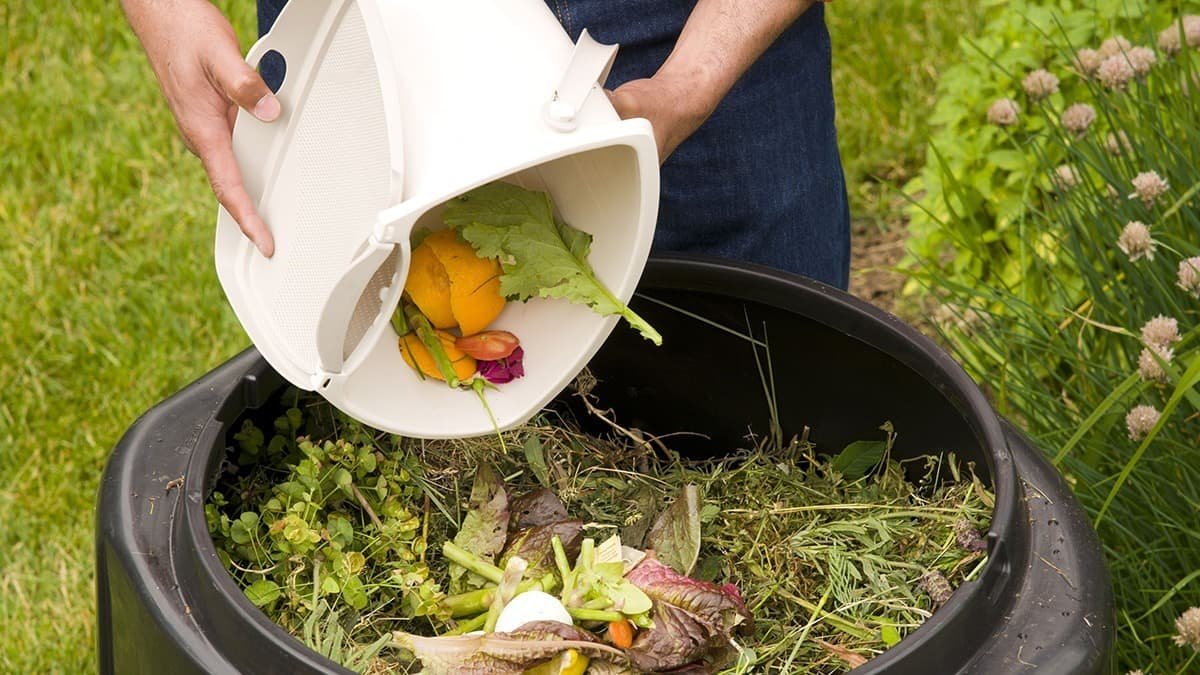Teaching Kids to Go Green
Whenever Earth Day rolls around, we like to use it as a little reminder to reevaluate our efforts to love on Mother Earth and consider ways we can teach our kids to go green. Going green is not a once-a-year thing, but the culmination of small daily actions that lead to less waste over time.
Who else feels a little stab of guilt when you throw away an aluminum can because there isn’t a recycling bin nearby? How ‘bout when you have to sheepishly tell the cashier to put your items in a plastic bag because you forgot your reusable one? This sense of responsibility is the result of repeated messaging and habits built over time, and thus, we feel strongly that our kids should learn about their role in sustaining the one planet we have and that this happens early in life so these habits will stick.
Read on for some simple ways you can teach kids to go green at home and create sustainable habits to protect our planet:
Conserve Resources
Turning off lights when you leave a room, turning off the tap while you’re brushing your teeth—those might be intuitive habits for us, but may require explicit teaching for young children. Just be prepared to repeat yourself, create a little tune, or play a game to prompt your kids to do it enough times that the habits will become ingrained.
Try Composting
Americans are notorious for our food waste, but a lot of it can be redirected toward composting. While it’s too much to get into here, you can check out this resource for the ins and outs of composting (a great thing to do together with older kids). One thing that made composting more palatable for us was having an attractive container that we didn’t mind leaving on the kitchen counter to store food scraps before being taken outside. This one does the trick and features a charcoal filter to contain any smells. If you decide that managing a compost bin is not the right fit for your family, check with your local waste management company to see if they accept food waste in your “green bin,” as some places have started this initiative to reduce the amount of trash that goes to the landfill.
Encourage Recycling
If possible, set up a recycling bin next to your trash can to encourage recycling. People are more apt to act responsibly when it’s easy and it makes sense. When someone goes to throw something away and the recycling bin is right next to the trash can, they merely have to consider whether it is recyclable and possibly save it from the landfill. It’s possible to even teach toddlers to distinguish between the different types of recyclable materials (paper vs. plastic vs. metal) to determine in which bin items should go.
Make Giving and Receiving Second-Hand Items Fun
Reusing second-hand items that still have some life in them is a great way to reduce waste. It’s important to us to destigmatize using or wearing second-hand things and make it fun for kids. So when you’re in the middle of a toy or clothing purge, explain to your kids that while these things don’t fit them anymore, if you donate them, they will help make another kid happy. If you’re the recipient of an item, model a grateful attitude for your kids. We can do a whole other blog post about this topic, but for kids ready to dive deeper into learning about the effects of waste, check out the wonderful book What a Waste, which we also talked about in our past blog post on Books on Recycling for Preschoolers.
Incorporate Reusable Items in Daily Routines
Admittedly, replacing some single-use items with reusable or biodegradable ones was more the result of local ordinances (think a surcharge for plastic bags and paper straws), but these little changes spread across a wide swathe of people can really make a difference. This is one area where it’s really up to us parents to make the swaps—washcloths in place of paper towels, refillable water bottles as opposed to bottled water, etc. Luckily, kids don’t really know about the more wasteful alternative if they’re used to the sustainable option, so this is one area where we can lead by example and hopefully our kids will grow up wondering why people would just use a fork once and throw it away.
Do a Neighborhood Cleanup
If you’re feeling a bit more adventurous, venture outside and beautify your neighborhood. Grab some gloves (safety first) and head to your local park. This allows kids to feel an immediate sense of agency—they can see their efforts making a difference in the appearance of a space that is important to everyone.
A lot of these ideas for teaching kids to go green just require some intentional effort on our part at first, but once they’re implemented, it’s quite easy to have them become a regular part of our family life. This Earth Day, let’s all choose one or a few actions to try as a family and make our one planet more sustainable and beautiful for future generations!





